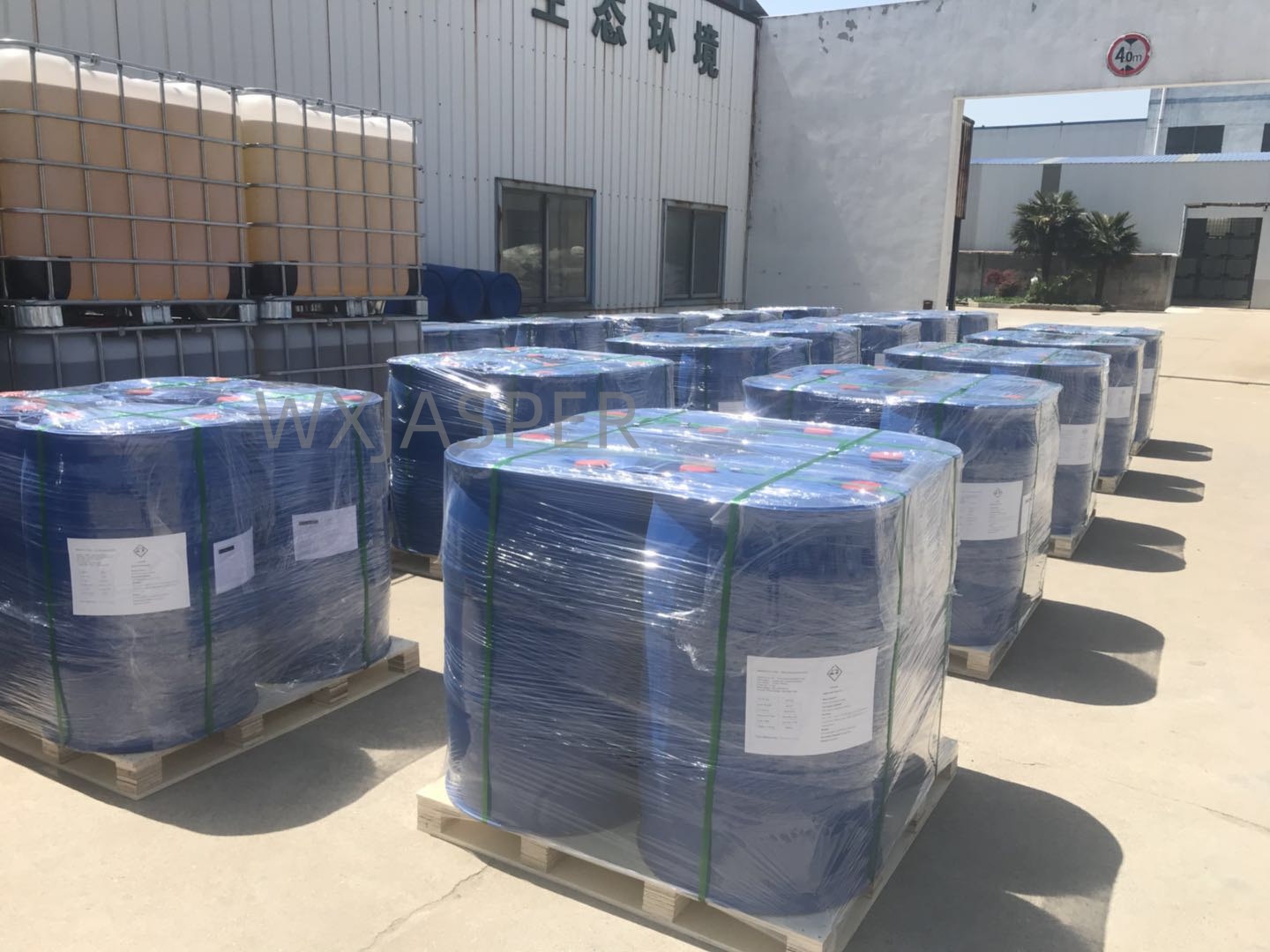Your Location:Home > Products > Solvents > Dioctadecyl dimethyl ammonium chloride



CasNo: 107-64-2
MF: C38H80ClN
Appearance: liquid
Delivery Time: 15 days
Packing: 200kg/drum
Purity: 99%
|
Indicator |
Typical Value (Industrial/Cosmetic Grade) |
Description |
|
Appearance |
Colorless to pale yellow liquid or paste at room temperature (20–25°C); solidifies into a waxy mass at low temperatures (<15°C) |
Liquid/paste form for easy blending in formulations; low-temperature solidification is reversible with gentle heating. |
|
Active Content |
74.0%–76.0% (industrial grade); 90%+ (high-purity cosmetic grade) |
Higher active content reduces dosage and formulation costs; lower-active grades may contain ethanol/water as diluents. |
|
Moisture Content |
7.0%–11.0% (industrial grade); ≤1.0% (high-purity grade) |
Controlled moisture prevents caking and ensures stability in storage. |
|
pH Value (5% solution in 1:1 ethanol/isopropanol-water, 25°C) |
5.5–9.0 |
Near-neutral, minimizing irritation in personal care and textile applications. |
|
Free Amine Content |
≤2.0 wt% |
Low free amine content avoids off-odors, discoloration, and skin irritation. |
|
Solubility |
Insoluble in cold water; slightly soluble in hot water (>60°C); easily soluble in organic solvents (ethanol, isopropanol, mineral oil, acetone) |
Solvent-based formulations are preferred for uniform dispersion; hot water aids dissolution for aqueous systems. |
|
Melting Point |
45–55°C |
Low melting point allows easy melting and mixing during processing (e.g., textile finishing baths). |
|
Stability |
Stable to acid, alkali (pH 3–10), and heat (<80°C); decomposes at high temperatures (>120°C); incompatible with strong oxidants |
Maintains performance in most industrial and personal care formulation conditions. |